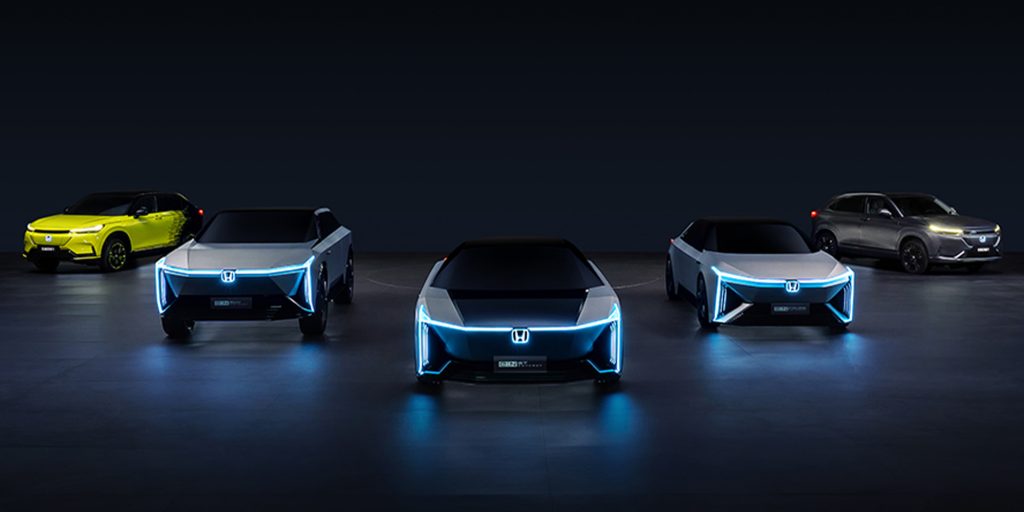In a surprising turn of events, Honda has recently decided to veer away from its original plans to build affordable EV in collaboration with General Motors (GM). This decision marks a significant shift in the automotive landscape.
Changing Market Dynamics:
One of the primary reasons behind Honda’s decision is the rapidly evolving landscape of the top electric vehicles market. The demand for high-end electric vehicles is surging, leading to a shift in focus for many automakers.
Emphasis on Premium EVs:
With the success of premium EV manufacturers 2024 like Tesla, there’s a noticeable trend towards Top Electric Vehicles. Honda’s decision reflects this shift in consumer preferences.
Strategic Re-Evaluation of Priorities:
Honda’s move reflects a strategic shift in their long-term goals. They may be reallocating resources towards areas where they see greater potential for growth and profitability.

Technological Partnership with GM:
Although Honda is shifting away from building affordable EVs with GM, the technological partnership may still continue in other areas, such as autonomous driving technology or hydrogen fuel cells.
Market Research and Consumer Insights:
Thorough market research likely played a pivotal role in Honda‘s decision. Understanding consumer demands and preferences is crucial for any automaker.
Regulatory Considerations:
Evolving regulations, both in terms of emissions and safety standards, could have influenced Honda’s strategic shift. Staying compliant with changing norms is vital for any automaker.
Focus on Hybrid Technology:
Honda’s renowned hybrid technology, as seen in models like the Insight and Clarity, may take precedence over all-electric offerings. This could be a strategic move to capture the hybrid market.

Global Economic Factors:
Economic conditions, both globally and within specific regions, can heavily influence an automaker’s decisions. Factors like supply chain disruptions, inflation, and currency fluctuations can all play a role.
Competitive Landscape:
The competitive landscape of the automotive industry is ever-changing. Honda’s decision may be a response to the strategies of rival automakers.
Environmental Considerations:
While Honda’s decision may seem counterintuitive to the push for greener transportation, it’s possible that they have alternative plans in place to contribute to environmental sustainability.
Conclusion:
Honda’s departure from plans to build affordable EV 2024 in collaboration with GM is a significant development in the automotive industry. Understanding the underlying factors and implications of this decision provides valuable insights into the future direction of both companies.
As the automotive landscape continues to evolve, it will be fascinating to see how Honda adapts to the changing market dynamics and continues to innovate in the realm of electric mobility.
